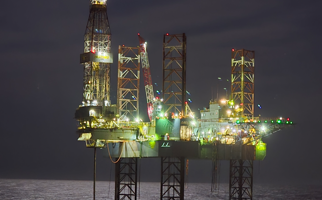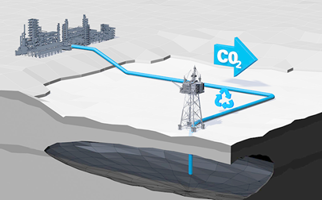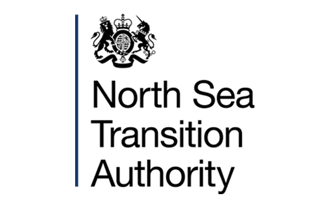
Remote and autonomous inspection technologies are expanding rapidly. With control from onshore operations centres enabling remote survey operations reducing the number of manned offshore visits and interventions.
Design advances include subsea High Integrity Pipeline Protection Systems (HIPPS), and multiphase subsea pumps achieving maximum recovery from subsea tiebacks and minimising the use of the energy-intensive gas lift.
Greater use of advanced analytics and AI in many areas, including automated pipeline feature recognition and automated riser annulus testing.
Subsea Systems technologies
- Operators’ technology focus spreads across design, installation and operational phases of the subsea systems
- Advances in pipeline design, and more capable subsea processing equipment enable more distant and cost-effective subsea tie-backs for the development of UKCS resources
- 8 Operators carry at least 5 Subsea technologies in their current Plans. 18 Operators are reporting at least 1 technology
- This level of technology use is commensurate with the number of Operators currently engaged in the development of subsea fields
Over 50% of Subsea technologies in Operators’ Plans are very recent or still under development, supporting the view that this is one of the most innovative areas for UKCS technologies
Operators can rely on vendors to source advanced subsea design and equipment, as the UK is the base of a world-leading supply chain in this area
Operator-vendor partnerships are also common to develop specific subsea capabilities to address field specific requirements (for instance for HPHT fields)
Readiness definitions: Early Development (TRL 1-4), Late Development/Pilot (TRL 5-7), Early commercialisation (TRL 8), Proven (TRL 9)
Technologies in Pipelines, Risers & Jumpers are focused on cost efficient pipeline installation and maintenance/inspection processes. New this year are: jet trenching, active healing solutions for power cores in jumpers, automated riser annulus testing, jumper heating for heavy oil, free span scanners and add-ons for pigging tools
- Active healing solution for low insulation resistance - A preventative and active 'healing' solution for low insulation resistance caused by water ingress.
- TRL 9 Commercially available
- Jet Trenching - Use of jet trenching as an alternative to plough burial to increase CAPEX efficiency
- TRL 9 Commercially available
- Riser Annulus Testing - Automated - Use of proprietary automated riser annulus testing kit delivers consistency of results.
- TRL 9 Commercially available
- Riser motion sensor and data logger - Continuous monitoring of the riser movements
- TRL 9 Commercially available
- Subsea Inspection - Free Span Scanner - add-on pigging tool to measure free spans, currently being developed.
- TRL 1-4 Early Development
- Remote/Local Jumper Heating- System to provide local heating of subsea jumpers to overcome high viscosity encountered during start up
- TRL 1-4 Early Development
Manifolds, Umbilicals and Control systems. Include improved instrumentation and new methods of umbilical fault-finding and new generation control systems being adopted by Operators. New this year are a subsea HIPPS system and combined subsea utilities (power & comms)
- Subsea HIPPS - Pipeline overpressurisation protection system
- TRL 9 Commercially available
- Low IR Remedial Technology - Installation of low insulation resistance recovery technology
- TRL 9 Proven Technologies
- Subsea Control Modules - Subsea Control Module upgrade option to address known obsolescence issues associated with existing units installed subsea
- TRL 9 Commercially available
- Subsea equipment protection - GRP Based - Alternative materials solution for Pipeline, Wellhead & Manifold protection structures
- TRL 9 Commercially available
- Subsea TDR unit - The TDR units will be able to measure insulation resistance, capacitance, continuity resistance, shock & vibration, temperature, and time domain reflectometry. They will be deployed by divers to perform the measurements at respective equipment which are part of the subsea power system.
- TRL 9 Commercially available
The C-Kore Subsea TDR is a compact automated tool for testing subsea electrical assets. It is simple to use, automating the previously complex work of driving a TDR.
Technology example link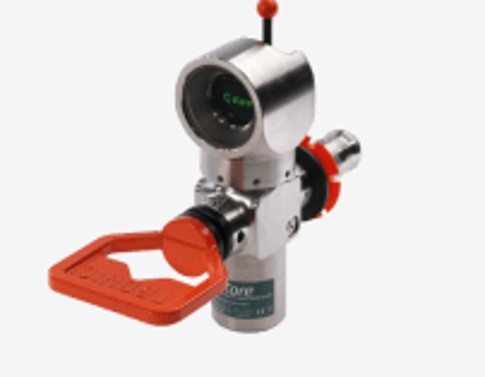
- Combined Subsea Utilities - power/comms - System to provide remote subsea utilities (power/comms) to remediate subsea equipment failures
- TRL 5-7 Late Development/Pilot
- Subsea 2.0 Control System - New generation subsea control system
- TRL 5-7 Late Development/Pilot
- TRL 5-7 Late Development/Pilot
- Other emerging technologies include developing new subsea controls obsolescence solutions, combined subsea utilities, subsea power/comms, using existing umbilicals with SCMs attached and adding new SCMs with different communications protocols
Focus on long distance tie-backs and use of technologies in subsea processing and boosting is reported. Expanding subsea facilities while maximising available platform deck space with subsea processing, including subsea gas compression and multiphase pumping to enhance tieback distance is noted.
- Multiphase subsea pumps - Achieving maximum recovery from subsea tiebacks and minimising the use of the energy-intensive gas lift.
- TRL 9 Commercially available
- Subsea Gas Compression systems - Operator looking at subsea gas compression - Reliable gas compression facilities in a subsea environment
- TRL 8 Early Commercialisation
Advances in autonomous vessel design, including both subsea and surface modes of deployment, to enable unmanned survey and subsea inspections are reported. Diverless methods of scanning pipelines & risers are also included. New this year are 3D data analysis on mooring chains and video sharing for air diving on moorings. Emerging technologies include AI for automatic recognition of pipeline features
- 3D Data analysis on mooring chains – mapping and testing post mooring recovery including break test and fatigue assessment. Recommends links to be scanned, develops testing programme and completes the test. Provides a comparison from the original links to assess corrosion rate over the period in service
- TRL 9 Commercially available
- Video sharing during air diving for mooring chain changeout. Video system installed onto the FPSO turret along with a telemetry system to send the video feed to receiving telemetry systems on the DSV and AHT. This allowed real time footage from underwater cameras within the turret to be viewed by all parties.
- TRL 9 Commercially available
- RAS Autonomous Vessels - Surface and RoV Inspections: Autonomous Surface Vessel acts as a autonomous mothership, carries a 450m depth rated full spec ROV and can be controlled from distant onshore operations centres – reducing both manning and emissions
- TRL 8 Early Commercialisation
Fitted with an electric remotely operated vehicle (eROV), the USV mobilised at the end of April and was controlled from the Woodside-operated King Bay supply facility and Fugro’s remote operations centre in Perth, about 1,500 km (932 mi) south of the trunklines.
Technology example link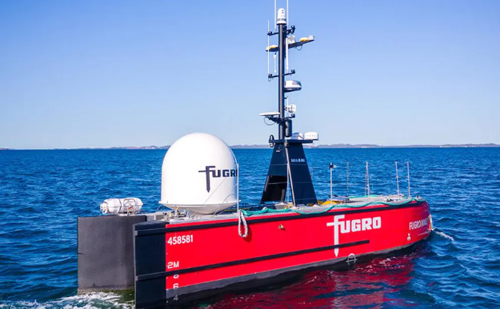
- SS Annulus Management Systems. VIT (Vacuum Insulated Tubing) Annulus Management for HPHT Subsea tiebacks
- TRL 8 Early Commercialisation
Vacuum Insulated Tubing can reduce the transfer of heat from produced reservoir fluids into the casing annuli, example proposed for use in subsea HPHT wells. (Helix Offshore example):
Technology example link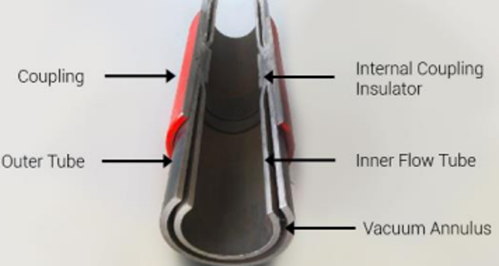
- Data viewing of Subsea Systems - digital twin for subsea systems
- TRL 5-7 Late Development/Pilot
- ROV Deployed Flexible Scanner - ROV deployed Subsea flexible scanner to identify extent of corrosion to armour wires within flexible pipelines. (Late Development/Pilot)
- TRL 5-7 Late Development/Pilot
- AI – Using Artificial Intelligence for Automatic Recognition of Features of Pipelines
- TRL 1-3 Early Development
